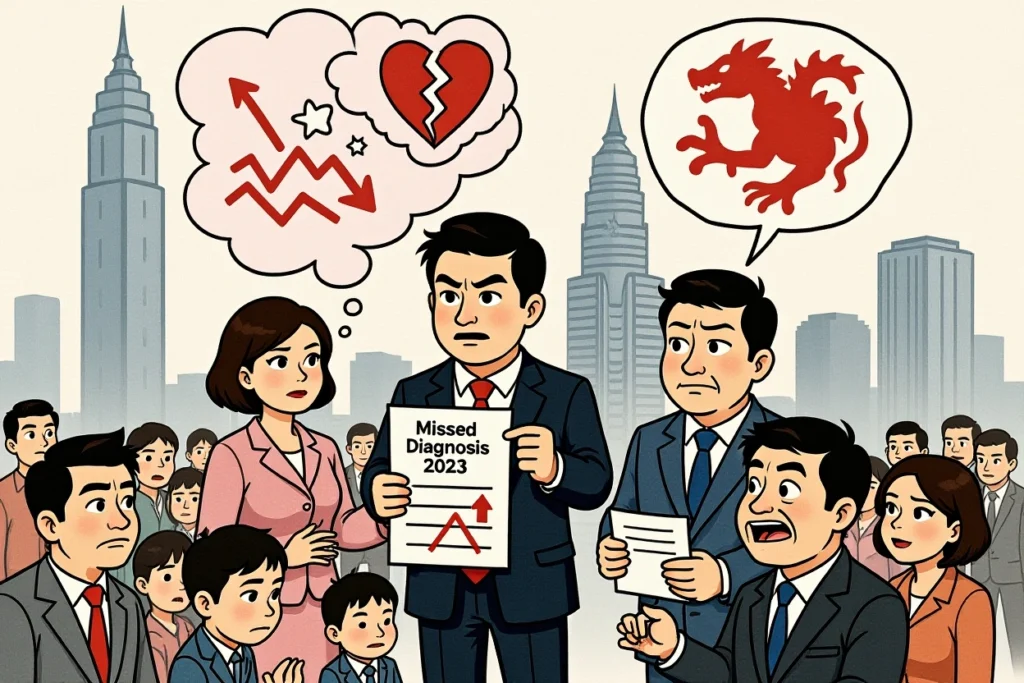The Great Energy Reckoning for AI Infrastructure
On July 31, 2025, the Chinese stock market witnessed an extraordinary phenomenon: Yingwei Ke’s stock (002837) rocketed to a 10% limit-up within seconds of market opening, igniting a sector-wide rally. This surge wasn’t isolated – it heralded booming investor confidence in liquid cooling technology as artificial intelligence strains traditional data center cooling capacities beyond sustainable limits. With global data center electricity consumption projected to double by 2026 according to the International Energy Agency, the liquid cooling server sector’s explosive growth represents both technological necessity and investment opportunity.
- Yingwei Ke achieved historic price highs following its revolutionary Coolinside cooling system deployment
- Wind’s Liquid Cooling Server Index surged 3.7% during morning trading
- AI computing demands are driving unprecedented energy efficiency requirements
- Sector leaders are implementing vertically integrated cooling solutions
- 2025 optical module market projected to reach $12.7 billion
Market Mechanics Behind The Rally
Sector-Specific Surges Transform Trading Session
While broader indices struggled during the July 31 session, specialized technology sectors dramatically outperformed. The liquid cooling server sector emerged as the clear leader with Yingwei Ke spearheading gains through its vertically integrated cooling technology. Technical indicators illustrate how rapidly institutional capital rotated toward cooling infrastructure providers:
| Company | Stock Code | Gain | Catalyst |
|---|---|---|---|
| Yingwei Ke | 002837 | 10.00% | Coolinside system deployment |
| Siquan Xincai | 301489 | 20.00% | Data center material solutions |
| Chuanhuan Technology | 300547 | 12.40% | Thermal interface materials |
| Kechuang Xin Source | 300731 | 10.80% | Cooling structural components |
CPO and Computing Infrastructure Validation
Why Liquid Cooling Became Non-Negotiable
The AI Computing Power Paradox
AI server racks now draw 50-100kW per cabinet compared to just 10-15kW for traditional setups according to Uptime Institute research. As Huatai Securities analysis highlights, this creates an inflection point where air cooling becomes physically inadequate. Yingwei Ke engineers demonstrated that conventional cooling wastes 40% of data center power – a catastrophic inefficiency when NVIDIA’s Blackwell GPUs draw over 1,200 watts each.
Technology Leap Through Complete System Integration
Beyond Servers: The Ripple Effect
Optical Component Validation
The Wind CPO Index mirrored cooling technology gains by surging 4.7%. This parallel growth underscores how liquid cooling enables next-generation photonics, according to Huatai Securities telecom infrastructure analyst Li Bin:
“CPO modules generate concentrated thermal loads exceeding 70 watts per square centimeter. Liquid cooling isn’t optional – it’s the enabling technology letting us pursue 1.6 terabit optical connections.”
AI Application Ecosystems Thrive
Investment Trends Shaping Cooling Infrastructure
The Competitive Landscape Takes Shape
Market Projections Signal Sustained Expansion
Strategic Pathways Forward
The liquid cooling server sector’s explosive growth represents more than momentary investor enthusiasm – it’s the essential infrastructure enabling our AI-powered future. Yingwei Ke’s Coolinside system demonstrated why integrated solutions outperform component-level approaches. Yet Goldman Sachs cautions that operational expertise remains the critical bottleneck as adoption scales globally. Venture beyond stock symbols to understand thermal dynamics specification documents like ASHRAE’s Liquid Cooling Guidelines. Verify manufacturer claims against real-world PUE measurements on existing deployments. Join Huatai Securities’ August webinar on cooling infrastructure due diligence to translate this technical revolution into investment insight.




